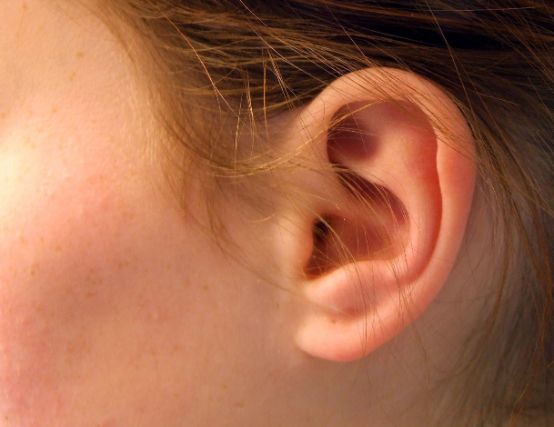The human ear also emits sound
A team of researchers led by Oldenburg neurobiologist and hearing researcher Christine Köppl and Canadian physicist Christopher Bergevin have discovered that human hearing is amazingly similar to that of birds and lizards, despite their very different inner ears.

The so-called otoacoustic emissions of the ear have been known since the late 1970s, but their origin has remained a mystery until now. The new study now compares the emissions of human ears in detail with those of barn owls and green anole lizards and suggests a uniform mechanism of origin across genus boundaries.
According to Köppl, the sensory cells in the inner ear are the common element. In the course of evolution, this has developed into a spiral-shaped cochlea in mammals and a long banana-shaped inner ear structure in birds.
In normal everyday life, ears very rarely emit sound themselves; this is usually virtually suppressed by the incoming ambient noise. In a soundproof chamber, however, spontaneous emissions can either be measured after about ten minutes of absolute silence or they can be elicited by means of acoustic stimuli. If these otoacoustic emissions - which are somewhat more frequent in women for unknown reasons - were amplified, they would sound like a whistle and would even be polyphonic in some people.
According to Köppl, otoacoustic emissions are very prominent in infants and young children and therefore also form the basis of newborn hearing screening. A better understanding of otoacoustic emissions could also enable more differentiated diagnostics in the future.
Original article:
http://www.pnas.org/content/early/2015/03/02/1418569112







